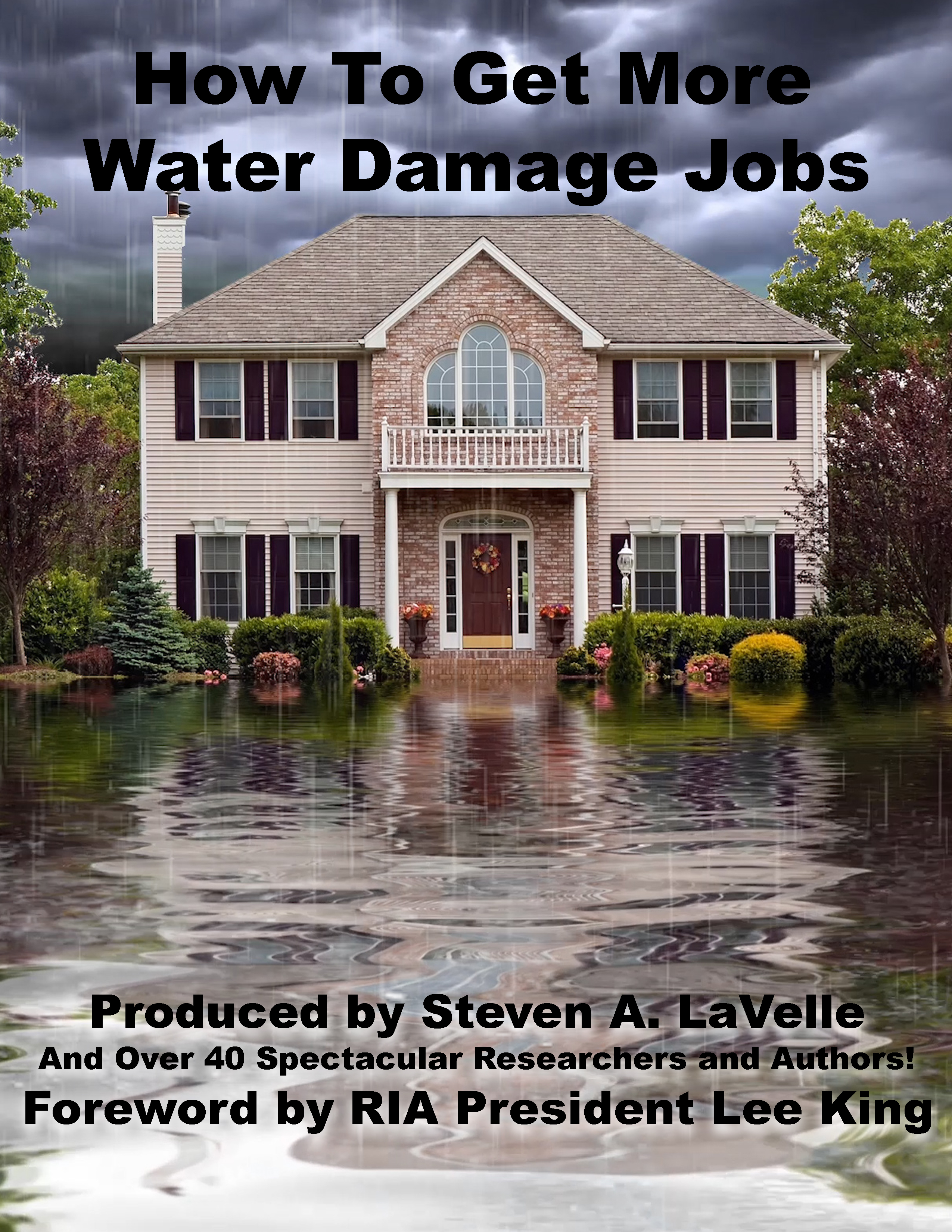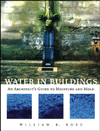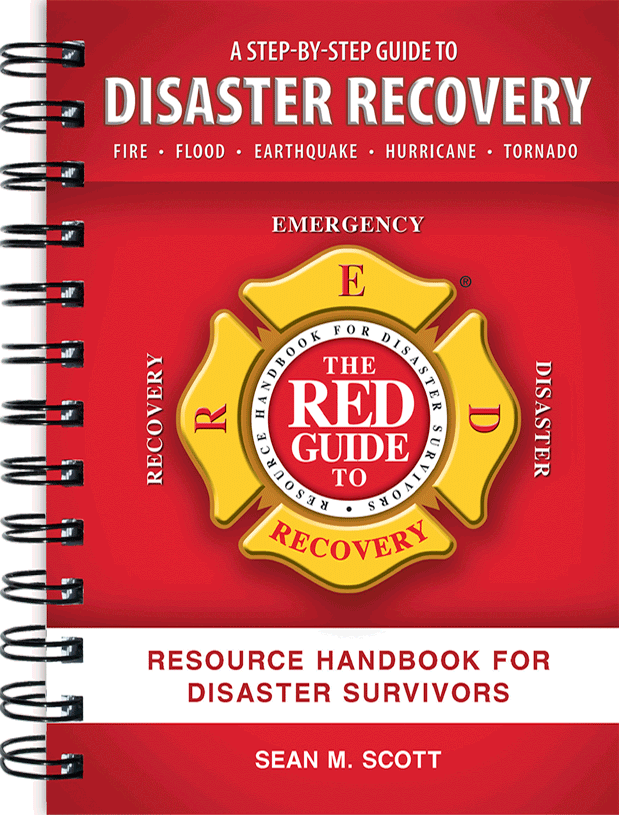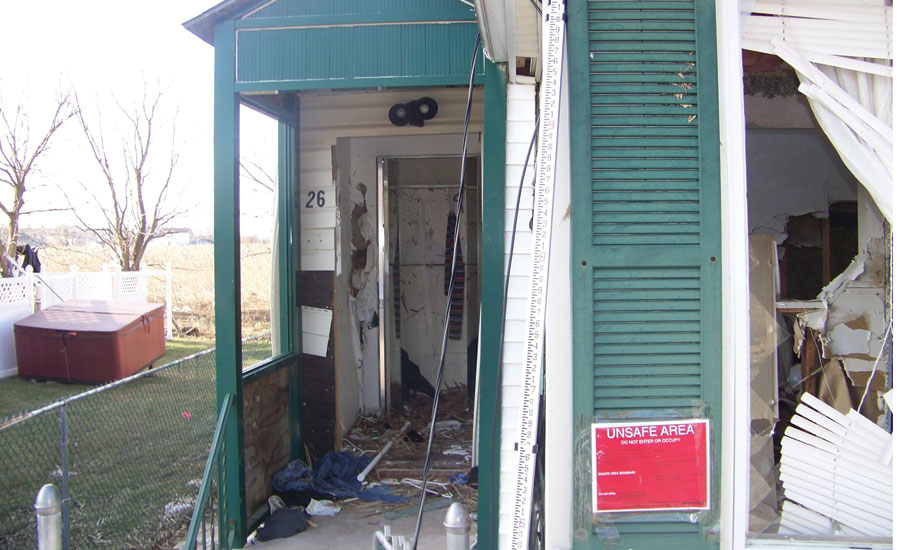Deciding When to Demo, and When to Restore

Damage from Hurricane Sandy in New Jersey. (Photos courtesy of Brian Walsh)

A fire caused irreparable damage to the roof structure of this workout facility in NC. (Photos courtesy of Brian Walsh)

Severe fire damage at a historic parsonage in Vermont. (Photos courtesy of Brian Walsh)

Major structural damage from storm surge to a bedroom addition of a waterfront home in Long Island, NY. In the background you can see floating docks from neighboring properties. (Photos courtesy of Brian Walsh)

Minor fire damage to a 110 year old furniture store in NH. The owner’s insurance policy did not cover building code upgrades and forced the owner and remediation contractor to get creative with the clean-up, drying and rebuild. The contractor was able to successfully dry most materials in place. (Photos courtesy of Brian Walsh)

This is inside a unit at a condominium complex in New Jersey that sustained fire damage. The two adjacent, attached structures were able to be saved from complete demolition. Some structural repairs were required and the interiors were selectively demolished to the framing. (Photos courtesy of Brian Walsh)

Structural damage to a family room due to a wind-driven tree collapse outside of Boston. As a result of an engineering analysis, this entire addition had to be demolished to the foundation. (Photos courtesy of Brian Walsh)







To demolish, or not to demolish, that is the question. In a nod to William Shakespeare’s Hamlet and perhaps one of the most popular lines in English literature, we are constantly faced with this issue in our industry. The decision to demolish, either completely or selectively, versus repair/renovate is sometimes like running the gauntlet.
Whether the loss was caused by fire, flood, wind or other peril, the single most important factor to consider is safety.
If your client’s home or business has sustained structural damage, it is imperative a registered design engineer evaluate the structure to determine if it has been compromised and if can it be repaired. The local building authority is likely to have some input in this process. The stamped letter/documents from the engineer will need to be submitted to that authority.
A house or building found to be in very poor condition structurally speaking is usually better off demolished. It may be a cheaper and safer option. If the building can be repaired, now the question becomes should the building be repaired. Factors such as historical significance, cost, condition of the house, building code upgrades, etc. should all be reviewed. Insurance carriers will also have some influence in the decision. Depending on the language in the policy, carriers may have the right to consider replacement versus drying, cleaning or repair.
Demolition Considerations
- Is the property a historic property or in a historic district (aka heritage home)? Is it architecturally significant? There may be historic preservation ordinances and laws to protect historic resources and character. Many cities, towns and communities establish historic preservation commissions and a process for considering alterations or demolition.
- Investigate the permitting process early in the planning stage. If your client decides to demolish a building, even one that has suffered fire or storm damage, it does not automatically follow that you will get planning/zoning permission to build any replacement structure or to change the use of the site.
- Teardown restrictions can require structures to strictly adhere to the predominant architectural size and standards of the neighborhood.
- Demolition permits usually require site specific testing for contaminants such as lead and asbestos, prior to demolition. Building materials such as ceilings, ductwork, flooring, roofing and siding may contain these materials. Disposal of demolition debris that has asbestos-containing material (ACM) can be costly. Consideration should be given to the presence of coolant gases (freon/refrigerant), mercury (fluorescent lamps) and potentially radioactive materials (exit signs). Discovery of an old, underground oil storage tank can also be very costly.
- Utilities must be disconnected, including electricity, gas, cable/phone, sewer and water. Some cities/jurisdictions, such as Boston, may require you to disconnect utilities all the way to the property curb line or Right of Way (ROW).
- The cost to demolish and rebuild a home or business is highly variable.
- Newly constructed homes tend to be more energy efficient than renovated homes.
- Environmentally critical areas, such as wetlands or steep slope, have different restrictions.
- Local fire departments may require permits to be pulled and inspections/oversight by the fire marshall.
- If there is a mortgage on the property, your client must involve their bank in the process. The only legal way to tear down a house is to own it outright or to pay off any existing mortgage(s). If the loan balance is less than the value of the land, there could be an issue. Construction loans and/or insurance proceeds could be used to pay off the debt.
Repair/Renovation Considerations
- Renovation/repair is an alternative to demolition, but it may not be the most affordable option. Costs tend to accumulate the further you get into a renovation project and unforeseen problems discovered. Opening up walls, for example, can reveal pest/termite infestations, leaking pipes, mold, deteriorated framing, damaged wiring, cracked foundations, etc.
- Extensive water damage can undermine foundations and footings. This type of damage can be difficult to identify. A thorough inspection of the property should be completed prior to making the decision to repair/renovate.
- Older buildings/homes often have interior layouts that are difficult to rearrange for modern uses. An open floor plan with lots of natural light may not be so easily or cost effectively accomplished.
- Many homes and businesses were built when building codes were less strict than they are today. Rebuilding or restoring a structure may require meeting more demanding building codes. Even undamaged parts of the structure may be required to be brought up to current building code (plumbing, electrical, mechanical, life safety, ADA, energy, etc.).
- Depending on the extent of the damage, planning and zoning review may also apply to “repaired” buildings. For example, we recently experienced a building that was designated an R-2 usage classification when it was constructed in the 90’s. A partial fire loss caused the local building department and fire department to reevaluate the usage classification as it had changed since the original construction. Ultimately, the classification had to be changed which, in turn, triggered the application of more stringent building and life safety codes. The moral of the story is that, over time, the original approved usage classification of a facility can morph and change into something different despite good intentions from ownership.
- Substantial rehabilitation of historic structures or in a historic district may qualify for significant tax credits.
- In some communities, local government rules encourage substantial renovations over demolition by making it easier, faster and cheaper to obtain the necessary permits. You may be able to retain the foundation or add on to it. You might also be able to retain a portion of the existing structure or incorporate it in to your design thereby allowing you to sidestep local restrictions.
- Deconstruction – the careful removal of building materials to reuse them elsewhere – can provide financial and environmental benefits. Donations are tax deductible. Recycling building materials can be gratifying for environmentally conscious homeowners. The downside is that deconstruction can take two to three times longer than typical demolition.
- Renovations may require that a lead-safe licensed renovation contractor be engaged.
- Existing commercial buildings undergoing substantial renovations are eligible to become LEED certified under LEED for Commercial Interiors and/or LEED for Existing Buildings upon completion of the renovation and three months of occupancy/operation.
- Repairs/renovations can sometimes be completed in stages. Living expenses can add indirect costs to repair/renovation budgets. The homeowner may be able to live in the home while work is being completed.
No matter which route you choose, demand surges for labor, equipment and materials are not uncommon after natural disasters – hurricanes, tornadoes, earthquake, flooding, wildfires, etc. Do your homework and open a dialogue with the local building department, insurance carrier, contractors, vendors and suppliers. The key is proper planning before you pick up a hammer. Don’t go into a project blindly and hope to stay within budget.
Looking for a reprint of this article?
From high-res PDFs to custom plaques, order your copy today!



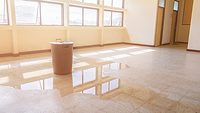
.jpg?height=200&t=1712776413&width=200)

